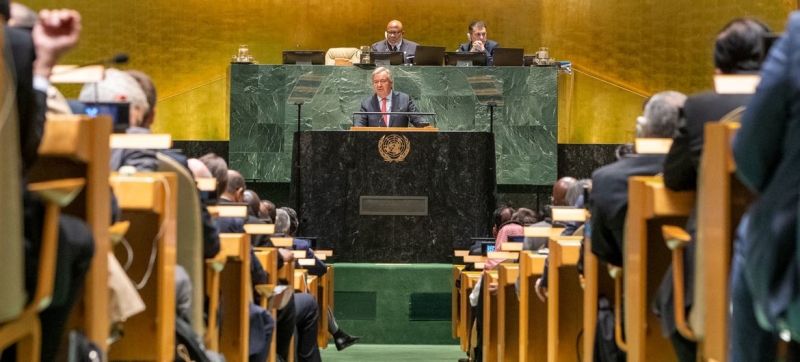
UN Secretary-General addresses the opening of the annual debate of the 78th session of the General Assembly. What to expect from the UN General Assembly High-Level Week? UN
It’s the busiest, and perhaps noisiest, week yet at the UN headquarters in New York City. World leaders, often from opposing political positions, come together to discuss pressing global issues and try to find consensus.
The 79th session of the General Assembly begins in mid-September, and its centerpiece will be the annual general debate, which takes place as part of the High-Level Week.
So here’s what you need to know about the debate, which begins on Tuesday, September 24…
What is the “general debate”?
The General Debate is an annual meeting of the heads of state and government of the 193 United Nations Member States. It takes place at the very beginning of the General Assembly session in September.
It is usually the first debate of the session and, with the exception of high-level parallel meetings, is the only one in which heads of state and government regularly participate.
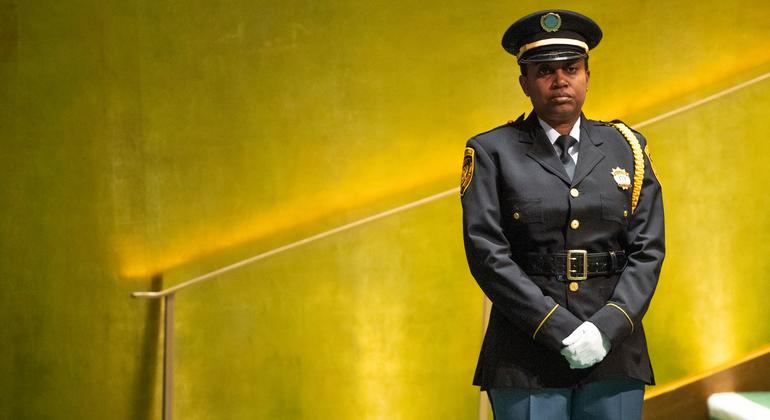
Is this really a debate?
Not exactly. During the general debate, representatives of all UN member states and some interstate entities are given the opportunity to make a speech in a ceremonial setting in the General Assembly hall.
There is no discussion or debate immediately after the speech. However, member states have the right to respond to the speech. In this case, the official response is made in writing by the head of state. The letter is addressed to the Secretary-General, who will circulate it to all Member States.
The theme of the current September session is “Leaving no one behind: acting together to advance peace, sustainable development and human dignity for present and future generations”. By decision of the President of the General Assembly, taken in the course of broad consultations, heads of state may refer to the stated theme of the session in their speeches, but are not obliged to do so.
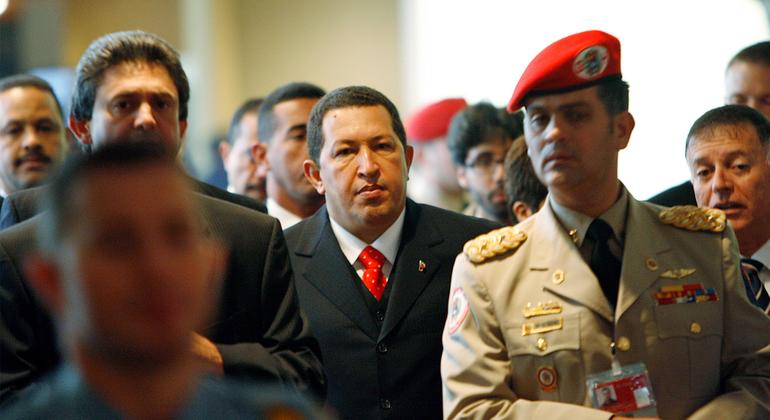
Order of Speeches
According to established tradition, after the opening of the meeting, the UN Secretary-General makes a statement, followed by the President of the General Assembly.
Since the 10th session of the General Assembly, which was held in September 1955, the debates have been opened by the official representative of Brazil. This is because during the very first debates no country wanted to speak first, and Brazil took on this role several times.
The next speaker is the representative of the United States, as the country where the UN headquarters is located.
The order of speeches by the remaining member states is based on criteria such as geographical balance, level of representation, personal preferences, and objective circumstances—for example, the head of state may not be in New York at the very beginning of the debate.
In addition to the Member States, representatives of the observer States – the Holy See (Vatican City), the State of Palestine, and the European Union – are invited to participate.
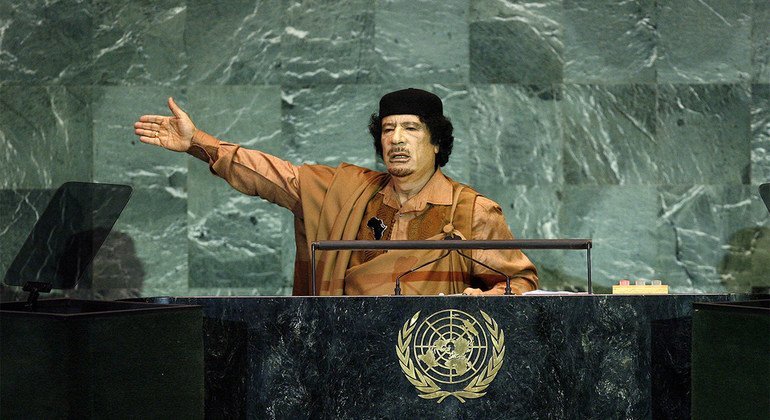
Flashing Light, Burning Feelings
During the general debate, each speaker is informally allotted a 15-minute segment. When time is up, the speaker is discreetly warned by a flashing red light. However, speakers are never interrupted. Many, if not most, speak for longer than 15 minutes.
Former Cuban leader Fidel Castro still holds the record for the longest speech in history. In 1960, after promising “We will do our best to be brief,” he spoke for 269 minutes, or just under four and a half hours.
There have been other memorable speeches, notable for their content rather than their length.
In 2006, amid rising tensions between the U.S. and Venezuela, Venezuelan President Hugo Chavez called then-U.S. President George W. Bush “the devil.”
In 2009, Libyan leader Muammar Gaddafi gave a scathing 100-minute speech in which he sharply criticized the U.N. Security Council and challenged the veto power of the five permanent members.
In 2012, Israeli Prime Minister Benjamin Netanyahu flashed a cartoon image of a bomb from the podium to warn the world that Iran was just months away from developing a nuclear weapon.
Former US President Donald Trump threatened to completely destroy North Korea in 2017, dismissively calling its leader Kim Jong-un “Rocket Man.”
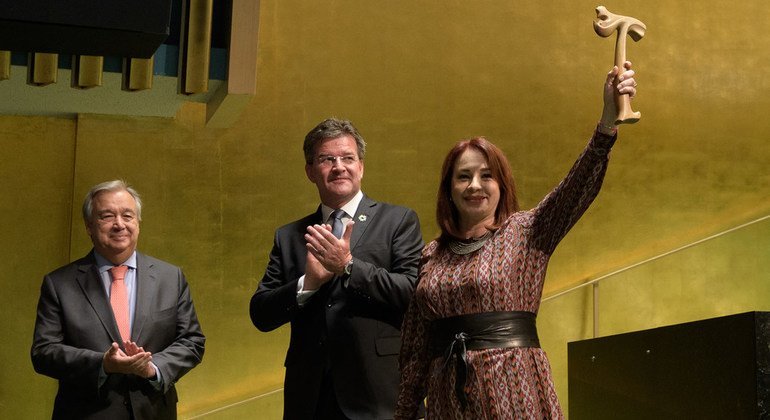
Icelandic hammer and Khrushchev’s boot
The first general debate took place in 1946, and over the past nearly 80 years, the event has become surrounded by many myths and traditions.
The gavel used to mark the start of the morning and afternoon sessions was donated to the UN by the Icelandic delegation in 1952. When necessary, this gavel is used to call the chamber to order.
This gavel was used to silence then-Soviet leader Nikita Khrushchev, who, as legend has it, took off his shoe and pounded it on the podium to reinforce his point.
Diplomatic decorum is sometimes breached when entire delegations walk out of the General Assembly hall in protest at the views or actions of another member state. However, in recent years this has become commonplace enough to no longer shock anyone. Israel regularly protests in this way against statements made by Iran from the podium – and vice versa.
How to follow the general debate
Although the debates are not open to the public, all proceedings are available live and on-demand on UN Web TV.
All archived speeches from the general debate are available in the UN Dag Hammarskjöld Library.
Many of the 78 previous general debates, or their highlights, are also available in the UN Audiovisual Library.
